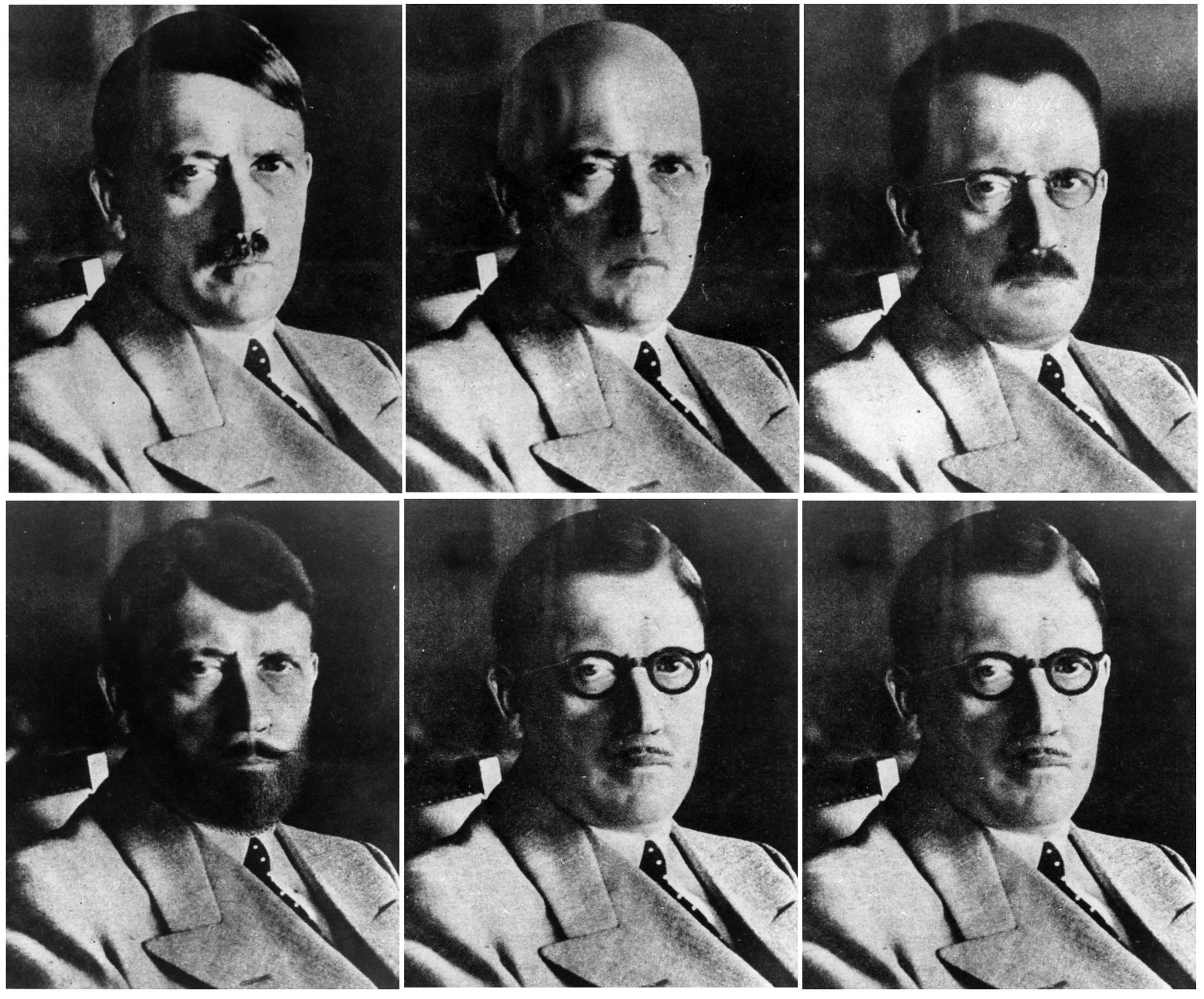
According to the official histories, Adolf Hitler took his own life in a bunker deep below Berlin as his precious empire crumbled above him. Hitler's body, or what was left of it, was never presented by the Allies. As such, many conspiracy theorists believe the dictator was able to slip through the tightening Soviet noose and disappear.
Some think the Führer escaped by U-boat to Argentina, while other creative thinkers suggest he found his way to a Nazi base in Antarctica, or even on the dark side of the Moon.
A new study, however, has dashed all the conspiracy theories, whether mundane or bizarre. After studying teeth recovered from a shell hole outside the Führerbunker, scientists have concluded that one of history's most reviled figures did in fact meet his end amid the ruins of the Third Reich, AFP reports.
"We can stop all the conspiracy theories about Hitler. He did not flee to Argentina in a submarine; he is not in a hidden base in Antarctica or on the dark side of the Moon," Professor Philippe Charlier told the agency.
Russian authorities granted Charlier and colleagues access to fragments of Hitler's teeth, which are stored in Moscow. "The teeth are authentic, there is no possible doubt. Our study proves that Hitler died in 1945," he said.
Hitler bit a cyanide ampule and shot himself simultaneously on April 30, 1945. His wife, Eva Braun, committed suicide alongside him. Nazi soldiers then took the bodies out of the bunker where Hitler had been hiding and burned them in a shallow shell hole, to prevent the Russians from parading Hitler's body after their victory.
With the Soviet bombardment pulverizing Berlin around them, the soldiers did not stay to make sure their job was complete. When Soviet SMERSH military intelligence troops arrived at the bunker, they discovered the charred remains of Hitler, Braun and the Führer's two dogs.
Read more: Submarine at center of South America Nazi conspiracy theories finally found—in Denmark
The discovery was kept secret and the remains hidden for many years by the Soviet authorities. Some fragments were sent to Moscow, with the rest traveling with SMRESH to a new base in Magdeburg, Germany. There, they were buried in an unmarked grave along with the remains of Nazi propaganda chief Joseph Goebbels and his wife and six children.
When the Magdeburg facility was handed over to East German authorities in 1970, the Soviets feared the location of the remains could be discovered, turning the base into a neo-Nazi shrine. As such, they were exhumed by Soviet authorities, crushed and thrown into the Biederitz river in eastern Germany.
In March 2017 and July 2017, the Russian state archives and FSB security service allowed analysis of what was left for the first time since 1946. Charlier told Newsweek that although the negotiations to secure complete access to the remains were lengthy, "Russian authorities were really open-minded, especially for the FSB."

The team was also allowed to view a skull fragment bearing a hole on its left side, possibly caused by a bullet. The team was not allowed to take samples from this specimen, but Charlier said it was "totally comparable" to radiographies of Hitler's skull taken in 1944. It may be possible to take a sample of the fragment during a future visit to Moscow, Charlier hopes, "where the scientific reports are always excellent and objective."
Charlier and colleagues found no gunpowder residue on the tooth fragments, suggesting the fatal shot was not fired through the mouth. They also found no traces of meat in the teeth of the dictator, who was famously vegetarian.
"We didn't know if he had used an ampule of cyanide to kill himself or whether it was a bullet in the head," Chalier said. "It's in all probability both." Blue deposits found on Hitler's false teeth could be evidence of a chemical reaction between the cyanide and the denture metal.
There were immediately false narratives surrounding Hitler's death. The day after his suicide, Nazi Grand-Admiral Karl Dönitz, who became the Reich's second and final chancellor, said in a radio address that Hitler had died fighting "at the head of his troops."

Indeed, the Soviets themselves helped spread the myth of Hitler's survival, accusing their new Western enemies of harboring the war criminal. That encouraged a variety of theories which grew more fantastical as time went on. The classic story is that Hitler was whisked away to Argentina, along with millions in stolen gold and artwork, aboard the last of the Nazi U-boats. According to this story, Hitler died in Argentina, Chile, Paraguay or Brazil.
Some even think he made it as far as Antarctica, where he hid at a secret Nazi base before continuing to South America. In that fantasy, the Allies ended up destroying the base with nuclear weapons in the 1950s.
Of course, everyone's favorite story is that Hitler lived out his days at a Nazi base on the dark side of the Moon, beating Neil Armstrong and Buzz Aldrin to the lunar landscape by 24 years.
Thankfully, this new research brings all those dreamers back down to earth, assuring the world that Hitler killed himself underground as the Allies approached.
This is not the first historically-significant project in which Charlier has been involved. In 2013, he was part of the team that analyzed the mummified heart of Richard the Lionheart, the medieval English king. But even with such high-profile figures, "I always keep a complete detachment, a scientific coldness, vis-à-vis my historical side," Charlier explained. "Hitler did not break the rule."
"I do not let myself be impressed by the historical importance of the remains that I can have in my hands, especially since nothing indicates to me—at the moment when I examine them—whether they are authentic or not," he added. "Being impressed would be a loophole, and diminish my objectivity. We are there, as a team, to tell if history says true, using the means of science."
Updated | This article has been updated to include comments from Professor Philippe Charlier.
Uncommon Knowledge
Newsweek is committed to challenging conventional wisdom and finding connections in the search for common ground.
Newsweek is committed to challenging conventional wisdom and finding connections in the search for common ground.
About the writer
David Brennan is Newsweek's Diplomatic Correspondent covering world politics and conflicts from London with a focus on NATO, the European ... Read more
To read how Newsweek uses AI as a newsroom tool, Click here.








